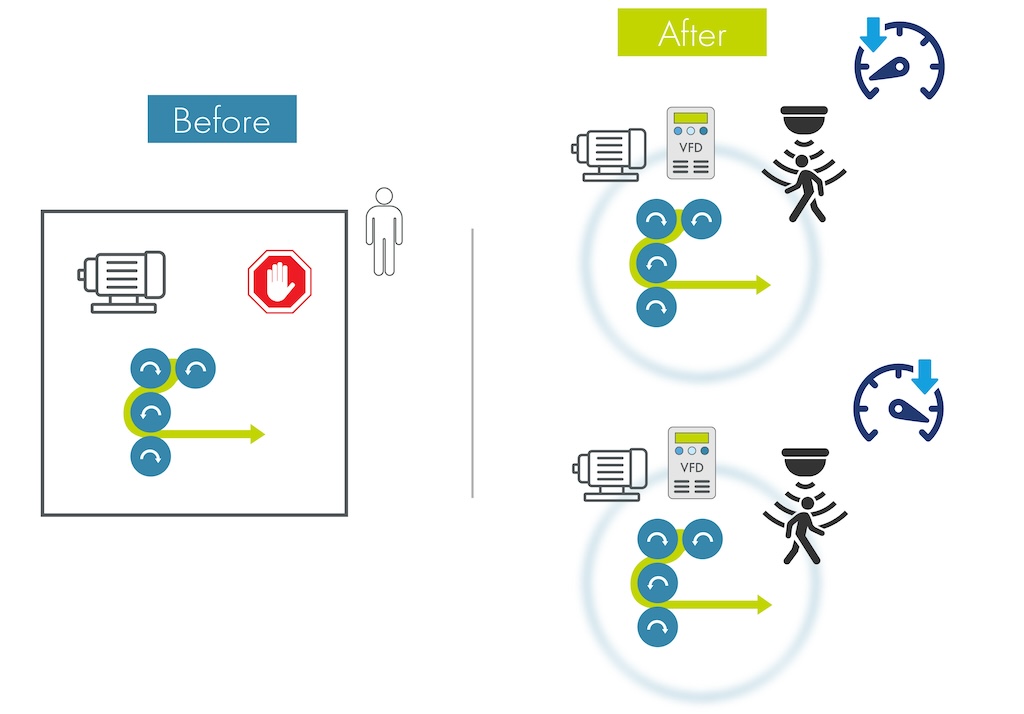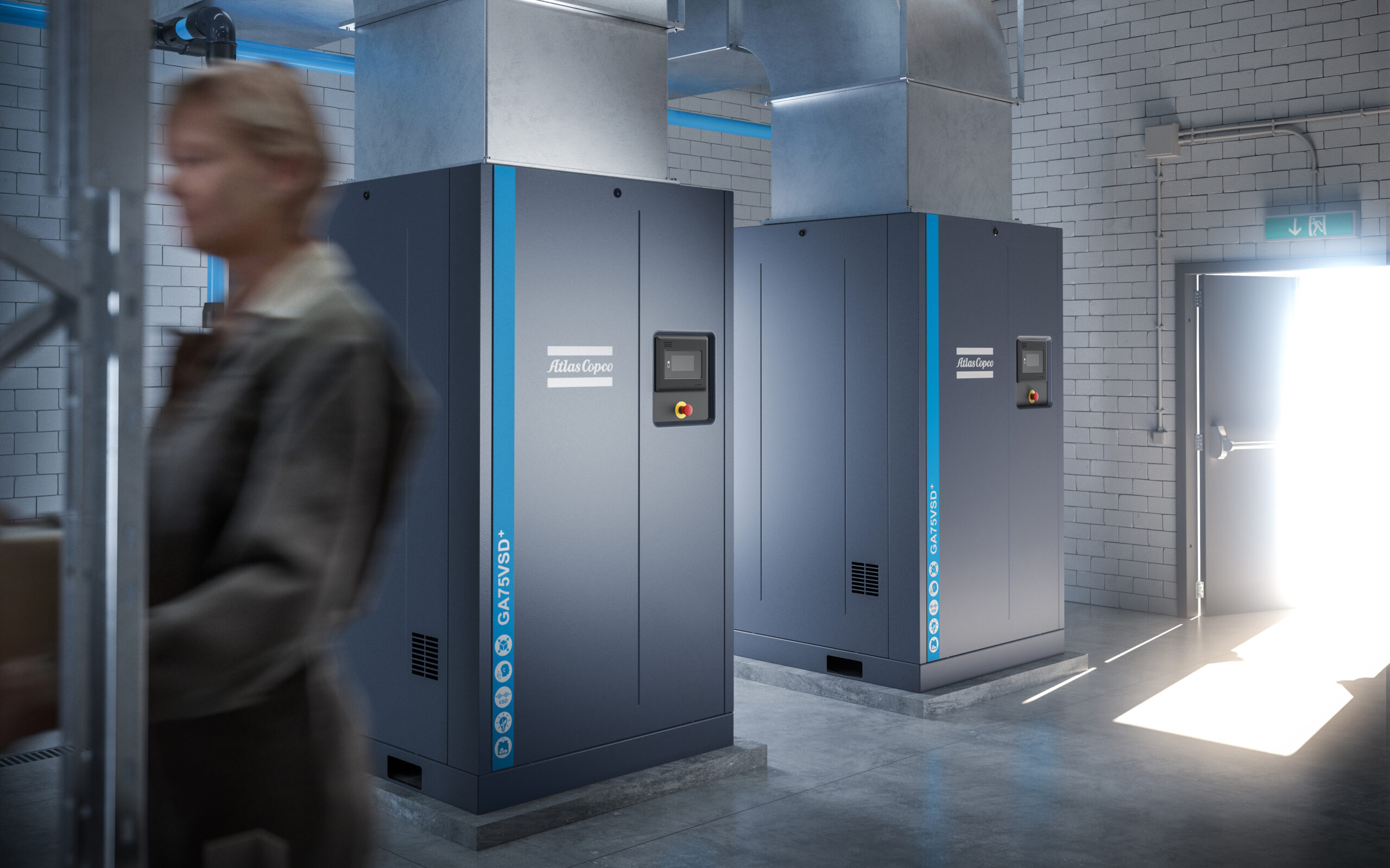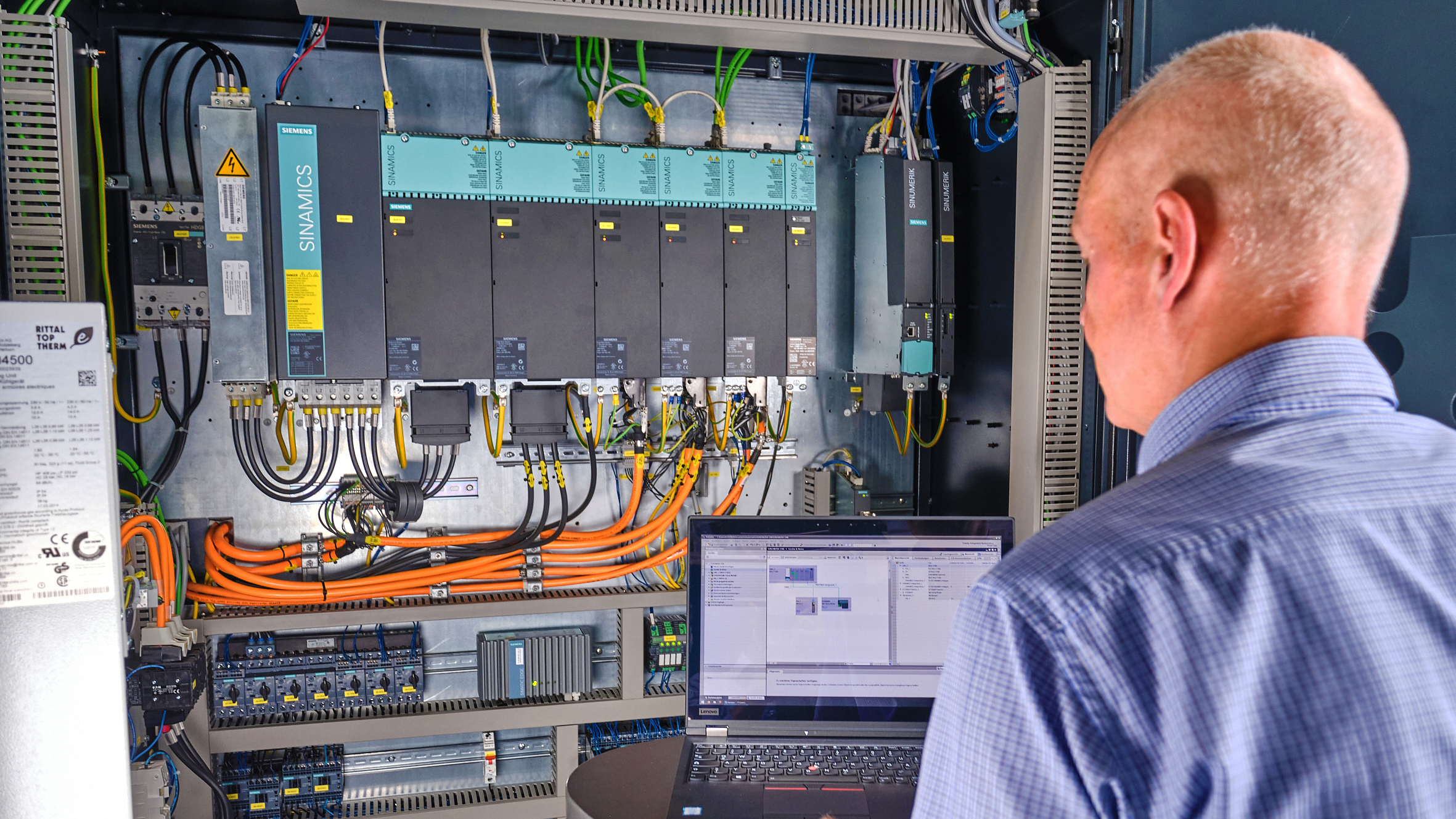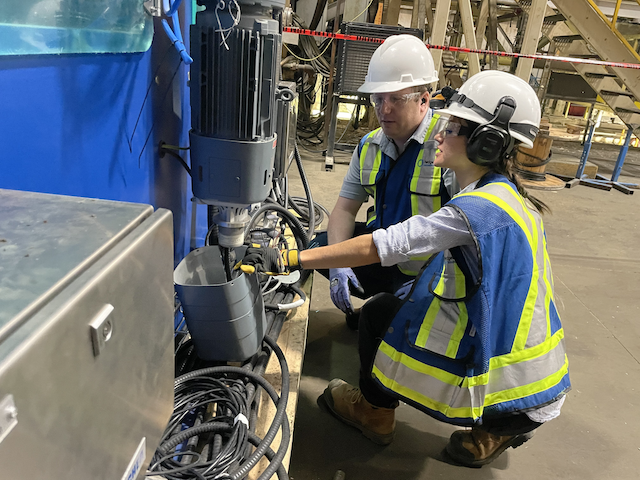An Increasingly Important Option

“Some people say natural gas fueling is an important option for the future. They are wrong. It is here now.” This statement by Joe Rende of Trillium CNG™ reflects the rapid development of CNG as a transportation fuel in North America. As an example, Rende notes that in 2012, 50% of the new transit buses ordered in the U.S. were CNG-powered as well as 25% of the refuse collection trucks. Many operators of industrial and commercial vehicles have become aware of the CNG option, and it is increasingly being selected.
Growing Production, Attractive Pricing
Rende points out that since 2007, the price of natural gas has become decoupled from gasoline and diesel fuel prices, due to its growing resource base and increasing domestic production volume. Ten years ago, the few public purchase points for CNG were mostly in California, and at scattered locations around the country, mostly at gas utility vehicle yards. Today, a network of public CNG refueling stations at convenient high traffic volume locations is springing up. These are facilities equipped for quick-fill fueling of vehicles in a time frame comparable with that of gasoline or diesel fueling.
Certain companies have taken leadership positions in public CNG fueling. One is Kwik Trip, a privately-held chain of 430 fuel and convenience stores in Wisconsin, Minnesota and Iowa. Since 2010, the company has opened public CNG fueling points at 17 of its convenience stores. According to Joel Hirschboeck, the company’s Superintendent of Alternative Fuels and Commercial Accounts, there are an additional nine locations scheduled for opening by the end of the first quarter, 2014, and an additional ten sites planned for the balance of 2014.
Role of Public CNG Fueling Sites
The company uses the public fueling sites for refueling its own vehicles as well as for outside sales. Kwik Trip currently operates over 40 CNG vehicles, including both light trucks and tractor-trailer rigs for product and fuel delivery, with more planned as vehicles are replaced. Kwik Trip is specifically interested in CNG fuel sales to commercial and industrial fleets in addition to private passenger vehicles.
Hirschboeck indicates fleet sales include customers as diverse as general contractors, electricians, landscaping firms, airport shuttles, parts and service vans, delivery vans, mail haulers, regional freight haulers, waste disposal contractors, bulk liquid haulers and livestock haulers.
Fueling Sites Springing Up
Another leader in the CNG transportation field is Trillium CNG™, mentioned above. Trillium provides (CNG) fueling services as well as serving as a single-source provider of CNG fueling facility design, construction, operation and maintenance. According to Joe Rende from Trillium, the company currently is operating 80 fueling points, with another 20 in the building stage, and another 20 in the development stage. Further, they are providing development and operation services for many other public and private fueling sites.
Rende indicates that the company locates its public facilities at high traffic volume locations that are logical fueling points. Often they develop agreements with “anchor volume customers” at locations that have potential for significant volumes of fleet sales of CNG. The stations are also open to smaller users, including passenger motor vehicles. Volume users might include transit bus lines, refuse haulers, ready-mix concrete companies, delivery companies or other fleets.
Ideal for High-Mileage Vehicles
Rende indicates that the economics of switching to CNG are compelling, especially for high-mileage users such as freight lines or transit bus companies. Commercial CNG vehicles include both diesel conversion engines, which are only partially fueled with natural gas, and design-CNG engines such as the Cummins Westport 8.9- and 11.9-liter engines that are designed for dedicated CNG use.
Major truck manufacturers including Kenworth, Peterbilt and Freightliner offer factory-built CNG-powered trucks for a wide range of markets. According to Rende, the cost premium for a heavy truck equipped with a dedicated CNG engine may range from $30,000 to $60,000, depending on the engine type and the onboard CNG storage requirement.
“But,” he says, “If you look at the operating cost benefit for a vehicle that’s logging 100,000 miles per year and using 5 mpg of fuel, the payback can be short, in some cases one to two years.” Prices for CNG are variable, but are mostly around $2 per gallon of gasoline equivalent (GGE), or less. Most industry experts expect prices to stay in this area for an extended time.
Vehicle Cost Premium May Decline
Rende also believes that the added cost for a CNG vehicle may decline in the future as production volumes go up. “We see that happening with transit buses already. As CNG takes an increasing proportion of the market, the price differential is getting much closer.”
At Kwik Trip, company usage of CNG in its own fleet is resulting in growing confidence in the technology, and interest in helping other commercial customers get involved. Joel Hirschboeck notes that the company has been logging and tracking maintenance data on its CNG vehicles along with its standard fleet. “So far we are seeing our maintenance costs remain neutral. However there is reason to believe that as our vehicles reach 250,000 miles, the cost to maintain the diesels will increase due to necessary work on the emissions controls. As diesel costs rise, we anticipate natural gas vehicle maintenance costs to remain steady, putting them at a maintenance cost advantage.”
Drivers Largely Supportive of CNG
Hirschboeck indicates that Kwik Trip has done extensive training and explanation for drivers of CNG vehicles, helping them understand why they are good for the company, the environment and the economy. He says, “The vast majority [of drivers] stand by CNG because it’s good for the company, but also because it is a domestic fuel. A ‘Made in the U.S.A.’ fuel product has definitely made a hit with our workforce.”
Utility Involved
Natural gas utilities have also been active in building the public and private infrastructure to support advancement in the use of CNG as a motor fuel for all types of users. Questar Gas serves customers in Utah and southwestern Wyoming and has taken a leadership position in this region. The company presently operates 30 CNG stations within its regulated service area, and also operates a non-regulated business, Questar Fueling, which is currently building stations for Swift Transportation, Central Freight Lines and Frito Lay.
Questar Gas Executive Vice President and Chief Operating Officer Craig Wagstaff notes, “Fleet operators are primarily motivated by economics. So when they see that America has abundant supplies of natural gas costing between 20% and 60% less than gasoline and diesel, they pay attention. The existence of a nearby public CNG fueling station makes the decision even more economical.”
Do Your Own Evaluation
Potential commercial and industrial energy users can get guidance on the feasibility and economics of converting (fleets) to CNG from the U.S. DOE site https://www/afdc.energy.gov/tools. On this website pay special attention to the “Vehicle Cost Calculator” and the “GREEN Fleet Footprint Calculator.” Today, CNG represents a unique opportunity to use an economical fuel that also reduces emissions and uses largely domestic energy sourcing.
MORE INFO:
Cummins Westport Engines
Kwik Trip CNG Refueling
Trillium CNG



